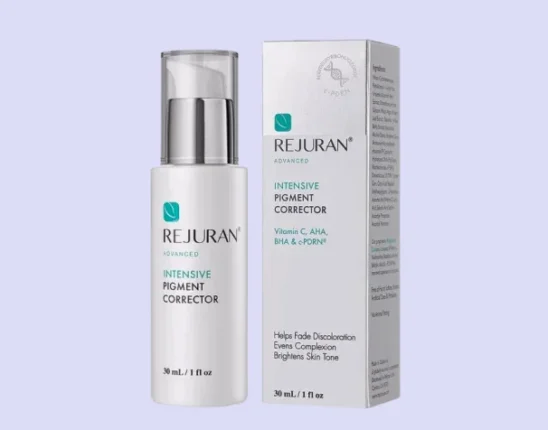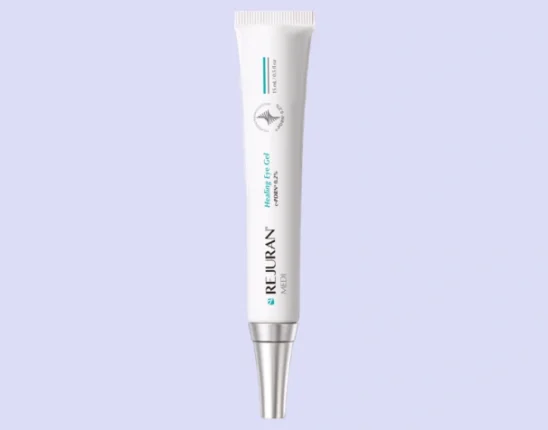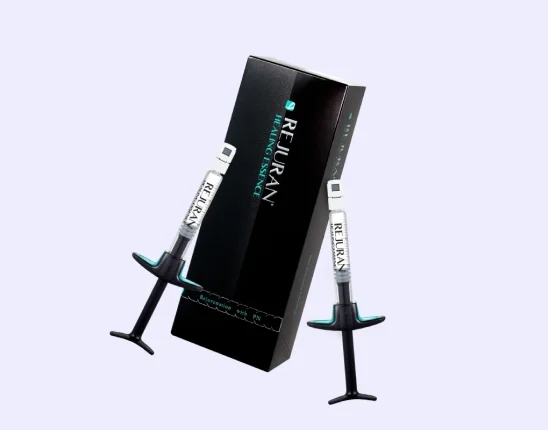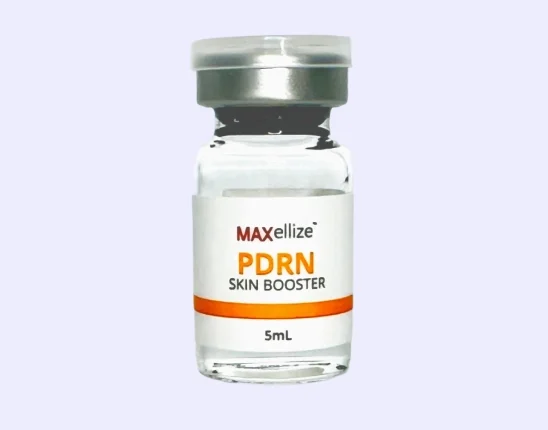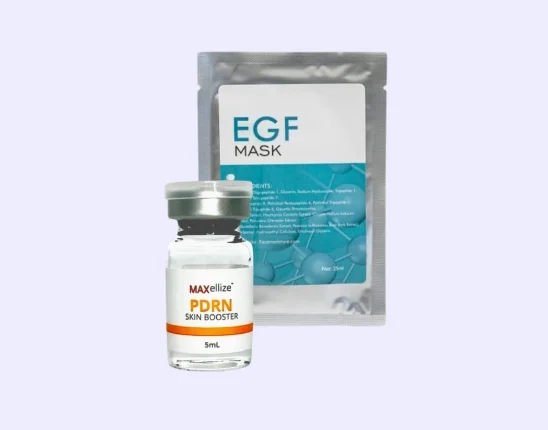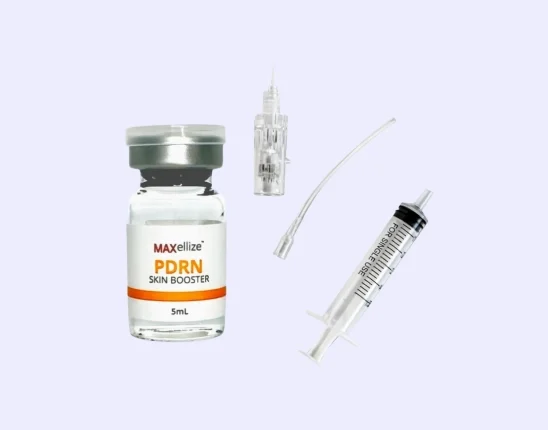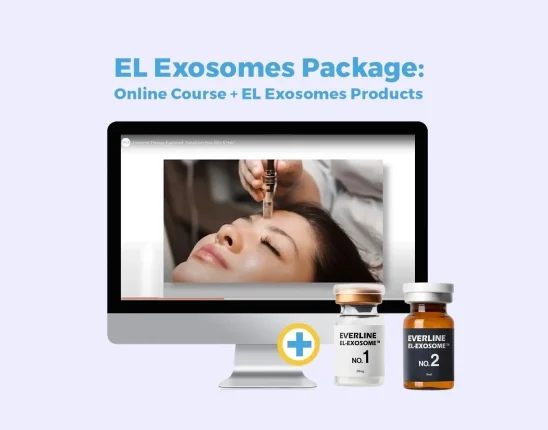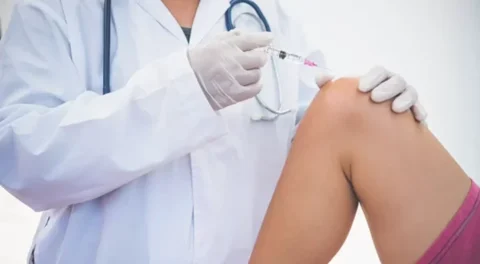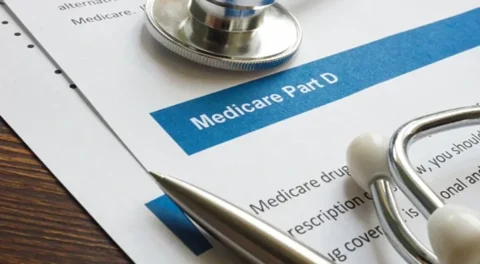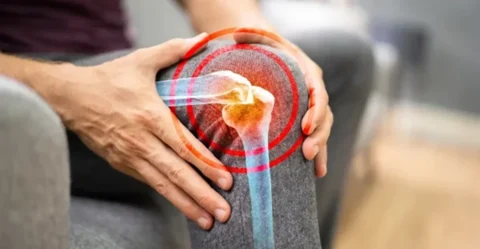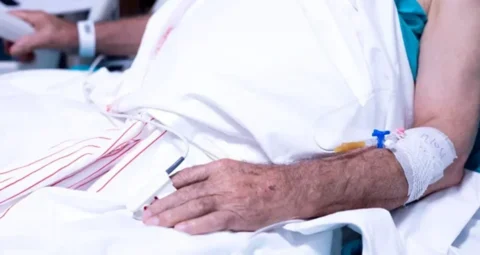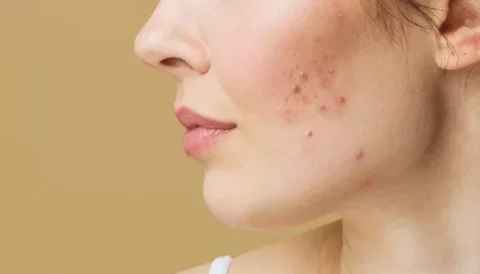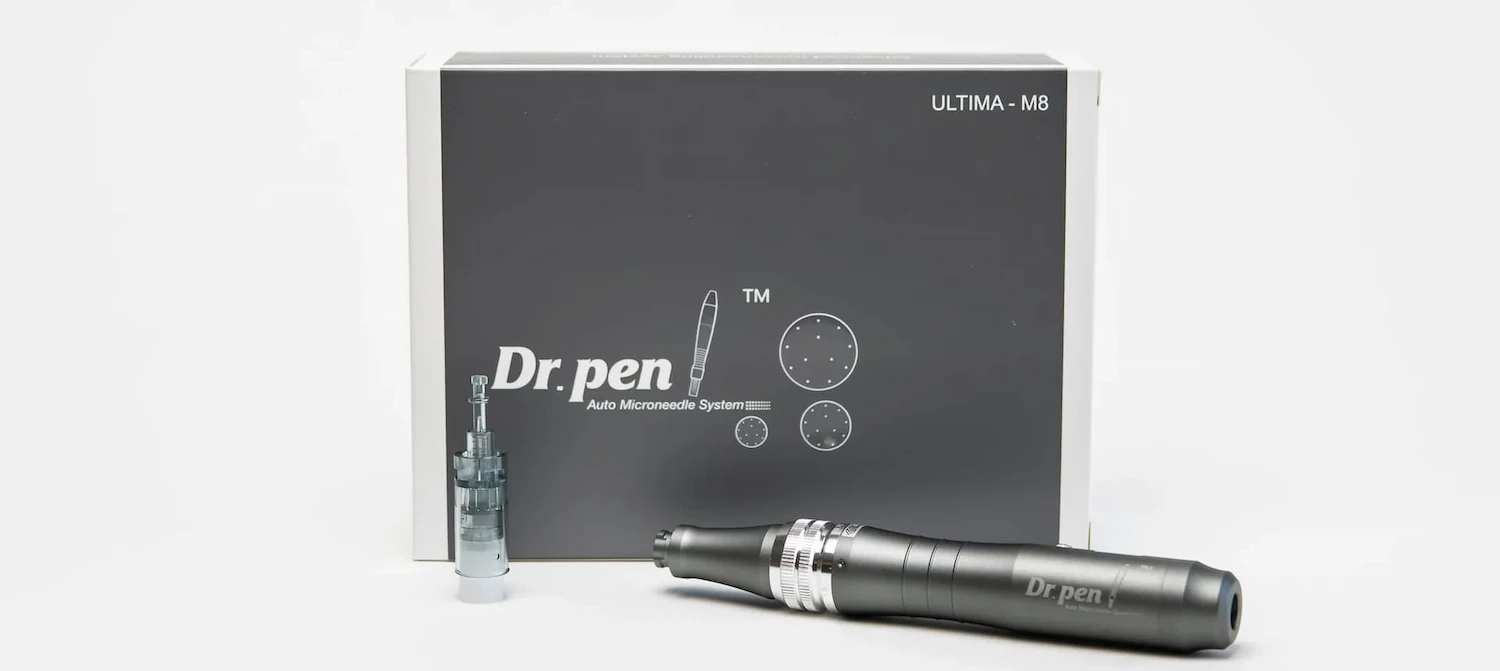PRP therapy is a popular minimally invasive treatment that helps hair loss patients regrow their hair naturally without the need for hair transplants. While this procedure is safe and effective for most people, some patients can’t help but wonder if the US Food and Drug Administration also recognizes this treatment for restoring the hair volume on the scalp of androgenic alopecia patients.
So is PRP therapy an approved treatment for hair loss? Currently, the FDA hasn’t approved the use of PRP therapy as a treatment for any type of hair loss condition. However, there are a few studies that support PRP’s effectiveness in stimulating healthy hair growth and helping the scalp fight signs of androgenic alopecia.
Is PRP Therapy Approved by the FDA?
Male or female pattern baldness is a common complaint among 50 million American men and 30 million women. This medical condition causes anxiety and emotional distress to many patients, so most of them seek different treatments like PRP therapy to regrow thick and long hairs on their scalp.
PRP hair loss treatment is a minimally invasive 3-step procedure that involves drawing the blood from the patient’s arm, separating the platelet-rich plasma layer from the other blood cells, and administering the PRP injection on the scalp. The growth factors found in the concentration of platelets increase blood flow, speed up healing process, stimulate hair follicles, support natural hair growth, and increase hair density.
Although PRP therapy is an effective procedure for hair thinning and hair loss that provides promising results to many patients, some people are still hesitant to try the treatment because it’s not yet approved by the FDA. While FDA is responsible for regulating treatments and medications, this doesn’t necessarily mean that PRP therapy is ineffective or dangerous for any qualified patient.
FDA’s Opinion on PRP Therapy for Hair Loss
The Food and Drug Administration is responsible for regulating and approving supplements, foods, medications, and treatments that people use to improve their health or treat certain medical conditions. Having the FDA approval means that the drug or treatment has been reviewed and its benefits outweigh its risks for the people who intend to use it.
PRP therapy is a type of regenerative medicine used for treating different medical and cosmetic conditions. It’s been cleared by the FDA as a treatment for certain orthopedic conditions, but its use as a hair loss treatment is yet to be approved.
Experienced providers may still offer PRP therapy for hair and skin concerns, but this kind of utilization is considered “off-label.” It doesn’t necessarily mean that what they offer is illegal, harmful, or ineffective – it simply means that the treatment isn’t used as what the FDA has approved.
Off-label uses like PRP therapy for hair loss are actually a common and legal practice in the medical field. When an experienced doctor or provider recommends PRP hair treatment for a patient’s hair loss condition, it means that they believe it’s the best treatment option for them after reviewing their medical history.
Studies on PRP Therapy’s Safety and Effectiveness for Hair Restoration
Although PRP treatment isn’t approved by the FDA for fighting hair loss conditions yet, there are several studies by different universities, organizations, and research facilities that showcase its safety and effectiveness in hair regrowth.
Here are some of the most notable PRP hair loss treatment studies that show how promising the procedure is when it comes to treating certain types of hair loss conditions:
- In a 2014 study, the effects of platelet-rich plasma injections on 11 patients with androgenic alopecia were examined. Participating patients received about 2 to 3 cc of PRP into their scalp every 2 weeks for 3 months. They noticed an increase in the average number of hair follicles in the patient (from 71 follicular units to 93 units).
- In a 2015 study, 10 patients with androgenic alopecia received PRP injections every 2 to 3 weeks for about 3 months. Most of them experienced an increase in the number of hairs, the thickness of the hairs, and the strength of the hair roots.
- In a 2019 study, the effects of PRP injections on hair loss were compared to minoxidil (Rogaine). Each treatment option had 20 participants, but only a total of 30 subjects from both groups finished the study. The results showed that platelet-rich plasma injections performed better than Rogaine, but the effectiveness of the treatment depends on each patient’s platelet count.
- In a 2019 review of several clinical studies on PRP therapy, most androgenetic alopecia patients experienced a reduction in hair loss, increase in hair growth density, increase in hair count, and increase in the diameter of hair shafts.
- In a 2019 review published in the International Journal of Women’s Dermatology, PRP therapy is described as a promising treatment for female hair loss. However, it also mentioned that the success of the medical procedure depends on factors like the injector’s technique, intervals between each session, and other specific preparations by the doctor.
3 Treatments for Hair Loss Approved by the FDA
While PRP therapy is a proven safe and effective hair loss treatment despite its lack of FDA approval, some patients still prefer an FDA-approved treatment to treat their hair loss. Here are some of the best alternatives for treating hair loss approved by the FDA:
- Minoxidil – This medication comes in topical solutions or foams applied on the area of thinning hair on the scalp. It can be used by both men and women to fight pattern baldness, but the results usually take a few months to show.
- Finasteride – This oral prescription medication treats male and female pattern baldness by decreasing the levels of dihydrotestosterone (DHT), the sex hormones that cause the hair follicle to shrink and fall out. Like minoxidil, patients also need to take finasteride regularly for a few months before results show.
- Low-Level Laser Therapy – This kind of laser treatment delivers photons into the scalp tissue to encourage hair growth. It also improves blood circulation in the scalp to speed up the production of healthy and strong hairs.
How do FDA-Approved Treatments Compare to PRP Therapy
There isn’t an easy answer to which effective treatment options work best for hair loss. It all depends on different factors like the patient’s lifestyle and hair loss condition. To help you make an informed decision about your hair loss treatment, here’s how some of the most common procedures and medications compare:
| Treatment Options for Hair Loss | How It Works | Pros | Cons |
| PRP Therapy | Uses the platelet-rich plasma from the patient’s own blood sample to stimulate hair growth | It’s a minimally invasive and low-risk procedure that shows promising results and natural hair regrowth for patients suffering from androgenic alopecia, androgenic alopecia, and age-related hair loss. | Patients may experience the best hair restoration results if they’re in the early stages of hair loss and if they have enough platelets in their blood. |
| Minoxidil | A topical medication applied on thinning hair to increase blood flow in the area and encourage hair growth | It’s an effective hair loss medication that works for both men and women. Minoxidil also doesn’t require a prescription from a doctor. | This treatment works best for patients under 40 and those who don’t take vasodilators. |
| Finasteride | An oral medication regulates the DHT hormone levels in the blood, leading to a reduction in the degree of hair loss | It’s an effective oral medication that fights the different symptoms of male or female pattern hair loss. It’s also an excellent supplemental treatment to other hair loss treatments. | This type of treatment works best for patients who experience hair loss because of the high levels of DHT in their blood. |
| Low-Level Laser Therapy | Delivers photons that are absorbed by the weak cells in the scalp to encourage hair regrowth | It’s a non-invasive and painless treatment that speeds up the hair growth phase and improves hair strength. | Laser treatments may interact with certain medications, so it’s important to consult an experienced provider first before trying the treatment. |
Treat Hair Loss Safely with FACE Med Store
Even if PRP therapy isn’t approved by the FDA, it’s still a safe and effective hair loss treatment especially if performed by an experienced provider. It’s a great alternative for patients who aren’t ready for hair transplantation to treat permanent hair loss.
At FACE Med Store, we’re committed to helping dozens of our partner clinics and healthcare providers offer high-quality PRP treatments to their patients. We supply them with medical-grade tools, supplements, and other equipment needed for different medical and esthetic procedures.
Contact us now to know more about us and our hair loss products.

